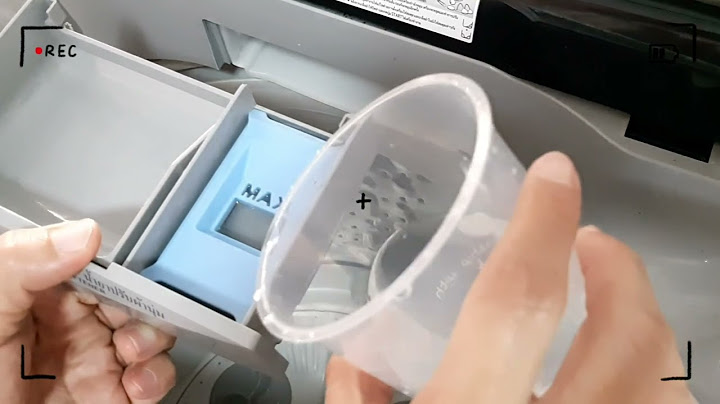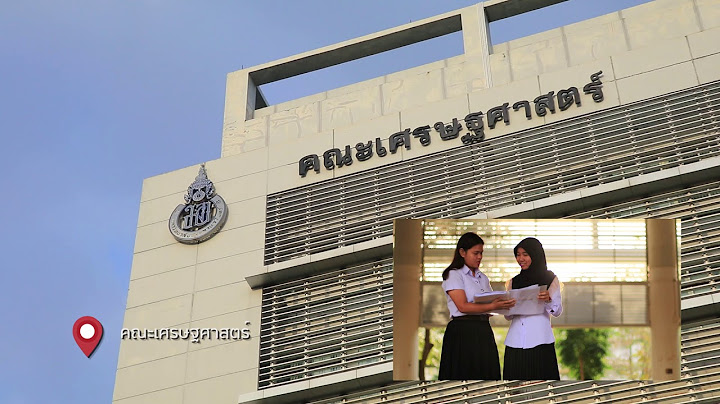Background: Direct immunofluorescence assay (DFA) is commonly used for the rapid identification of herpes simplex virus (HSV) infection in mucocutaneous lesions, yet little is known about its diagnostic accuracy. Objective: To determine the diagnostic yield and accuracy of HSV DFA for the diagnosis of mucocutaneous HSV infection in pediatric patients. Study design: Retrospective cross-sectional study of all patients who underwent HSV DFA testing by the Texas Children's Hospital Diagnostic Virology between January 1, 1995 and December 31, 2005. HSV DFA sensitivity, specificity, positive likelihood ratio (LRs), and negative LRs were estimated using viral culture as the reference standard. Results: 659 specimens were submitted for HSV DFA with concurrent viral cultures. Viral cultures were positive for HSV type 1 in 158 (24%) and HSV type 2 in 2 (0.3%). There were 433 different patients with a median age of 8.6 years. Types of lesions were as follows: 50% ulcerative, 26% vesicular, 8% erythema or purpura, 5% pustular, and 11% missing. Of the 659 specimens submitted for HSV DFA, 160 (24%) were inconclusive due to inadequate cells. Of the 499 adequate specimens, overall HSV DFA test accuracy was: sensitivity 61%, specificity 99%, LR positive 40, and LR negative 0.39. Conclusions: A quarter of specimens submitted for HSV DFA testing are not adequate for DFA testing. When HSV DFA can be performed, it is specific, but not sensitive, for the identification of mucocutaneous HSV infection in children. |

กระทู้ที่เกี่ยวข้อง
การโฆษณา
ข่าวล่าสุด
การโฆษณา
ผู้มีอำนาจ
การโฆษณา
ถูกกฎหมาย
ช่วย

ลิขสิทธิ์ © 2024 th.frojeostern Inc.




























